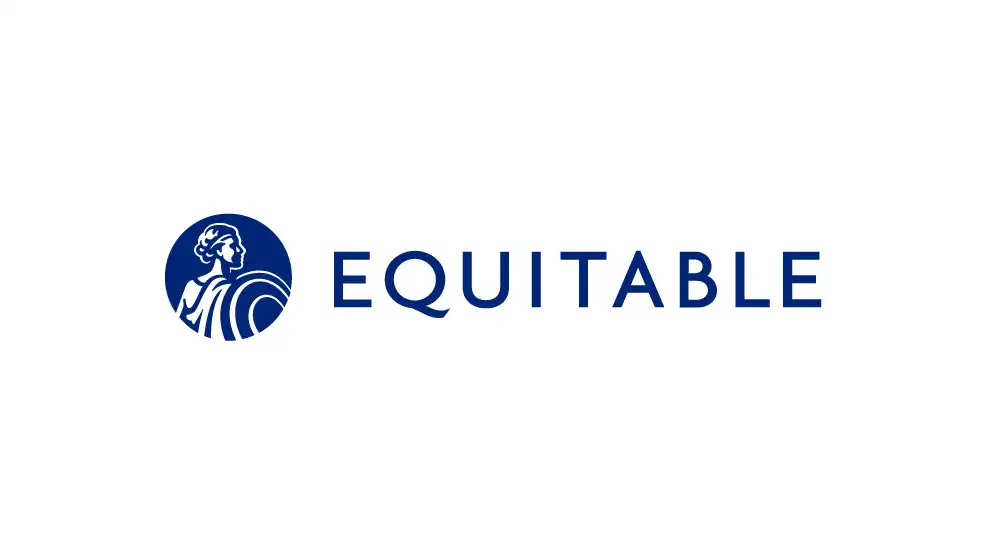Structured Capital Strategies PLUS® 21
Structured Capital Strategies PLUS® 21 offers clients index-linked upside potential with protection from market downside.

Why DPL Likes Structured Capital Strategies PLUS® 21
Registered index linked annuities are predicted to experience continued growth as investors seek solutions offering a balance of protection and growth. With Structured Capital Strategies PLUS® 21, clients can choose from a variety of indexes, including specific sectors like financials, gold, oil, etc., along with duration and level of protection. For those seeking a preset option, the 3-Year Choice Segment is available with a protection up to 10%, offering clients higher performance cap rates than the standard segments. Structured Capital Strategies is designed with 100% liquidity, providing clients with access to the cash value if needed.
How to Think About Commission-Free Registered Index Linked Annuities
Registered Index Linked Annuities fall in the middle of variable annuities and fixed index annuities in terms of risk tolerance. Investors may utilize RILAs as an equity allocation replacement to capture upside while reducing portfolio risk, as these products often provide cushion against major market losses.
When your client needs:
PRINCIPAL PROTECTION: Registered index linked annuities are typically used for clients nearing retirement. They offer a level of protection against sequence of returns risk, while also providing the potential for higher returns due to higher cap rates than other structured insurance vehicles.
EQUITY REPLACEMENT: Registered index linked annuities can be utilized to de-risk portfolios from large equity allocations, while still providing market exposure.
GUARANTEED LIFETIME INCOME: Some RILAs can be used to generate guaranteed lifetime income through a living benefit, offering competitive payout rates and the potential to increase income in retirement.1
Advisor Materials:
Disclosures:
Product information sourced directly from: https://www.equitable.com
1Optional living benefits may come at an additional cost.
Investing in variable annuities involves risk, including potential loss of principal. There are risks, fees and charges associated with variable annuities and clients should be instructed to read the prospectus and/or summary prospectus carefully and to consider the investment objectives of the variable annuity as well as the underlying investment options carefully before making a purchasing decision.
Variable annuities are designed for long-term investing, such as retirement investing and are subject to market risk, including loss of principal.
Purchasing a variable annuity within a retirement plan that provides a tax deferral under sections of the Internal Revenue Code results in no additional tax benefit. A variable annuity should be used to fund a qualified plan based upon the variable annuity’s features other than tax deferral. All variable annuity features, risks, limitations, and costs should be considered prior to purchasing a variable annuity within a tax-qualified retirement plan.
Guarantees are backed by the financial strength and claims paying ability of the issuing insurance company
Contact Us
Have more questions about our insurance offering? Call us at 888.327.0049 to speak to a DPL Consultant.



